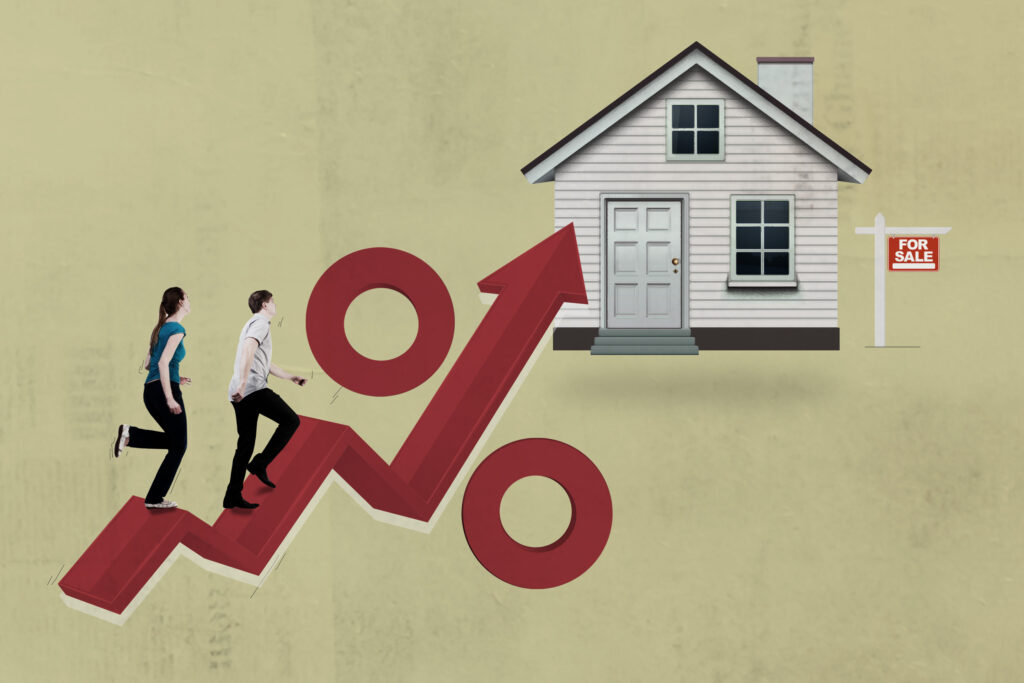According to First Americans Data & Analytics (First Am) February 2024 Home Price Index (HPI) report, which tracks home price changes at the national, state, and metropolitan areas using U.S. Census Bureau Core-Based Statistical Areas found that home prices increased 6.3% year-over-year, the slowest pace since October 2023.
In addition, the report found that on a pre-pandemic/post-pandemic basis, homes are now 50% above where they were before COVID-19 came to the U.S. in February 2020.
Also, on a monthly basis, home prices increased 0.7% since January 2024.
“After reaching a recent peak in December, annualized home price appreciation slowed for the second consecutive month, bringing more clarity to the trajectory for price appreciation in 2024. In February, our preliminary estimate of annualized appreciation dropped by almost a full percentage point,” said Mark Fleming, Chief Economist at First Am. “The last time there was a slow-down of this magnitude was in early 2023 when the Fed was aggressively raising interest rates. While the supply of homes for sale is slowly increasing as the spring selling season approaches, persistent inflation is keeping mortgage rates elevated. The relative increase in homes for sale is a welcome sign for prospective home buyers and seems to be helping to normalize house price appreciation, an added benefit heading into the spring home-buying season.”
February 2024 house price state highlights
- The five most populous states experienced the following year-over-year growth in the HPI: Pennsylvania (+7.9%), New York (+5.3%), Florida (+4.9%), Texas (+4.8%), and California (+4.7%).
- There were no states with a year-over-year decrease in the HPI.
February 2024 house price local market highlights
- Among the 30 Core-Based Statistical Areas (CBSAs) tracked by First American Data & Analytics, the five markets with the greatest year-over-year increase in the HPI are: Miami (+10.5%), Cambridge, Mass. (+10.2%), Anaheim, Calif. (+9.7%), San Diego (+8.9%), and Pittsburgh (+7.9%).
- Among the 30 Core-Based Statistical Areas (CBSAs) tracked by First American Data & Analytics, the only market with a year-over-year decrease in the HPI was: Nassau County, N.Y. (-0.5%).
The First American Data & Analytics HPI segments home price changes at the metropolitan level into three price tiers based on local market sales data: starter tier, which represents home sales prices at the bottom third of the market price distribution; mid-tier, which represents home sales prices in the middle third of the market price distribution; and the luxury tier, which represents home sales prices in the top third of the market price distribution.
“Starter home price appreciation remains strong as first-time home buyers hunt for homes to buy from current starter homeowners, who are the most sensitive to the rate lock-in effect and unable or unwilling to list their home for sale to fuel a move-up purchase. The lack of mid-tier move-up demand is significantly weakening price appreciation in the mid-market,” said Fleming. “Mid-tier prices for the markets we track are mostly flat compared with a year ago and down by more than 3% in Warren, Mich. and Nassau County, N.Y.”
Click here to view the dataset in its entirety.






